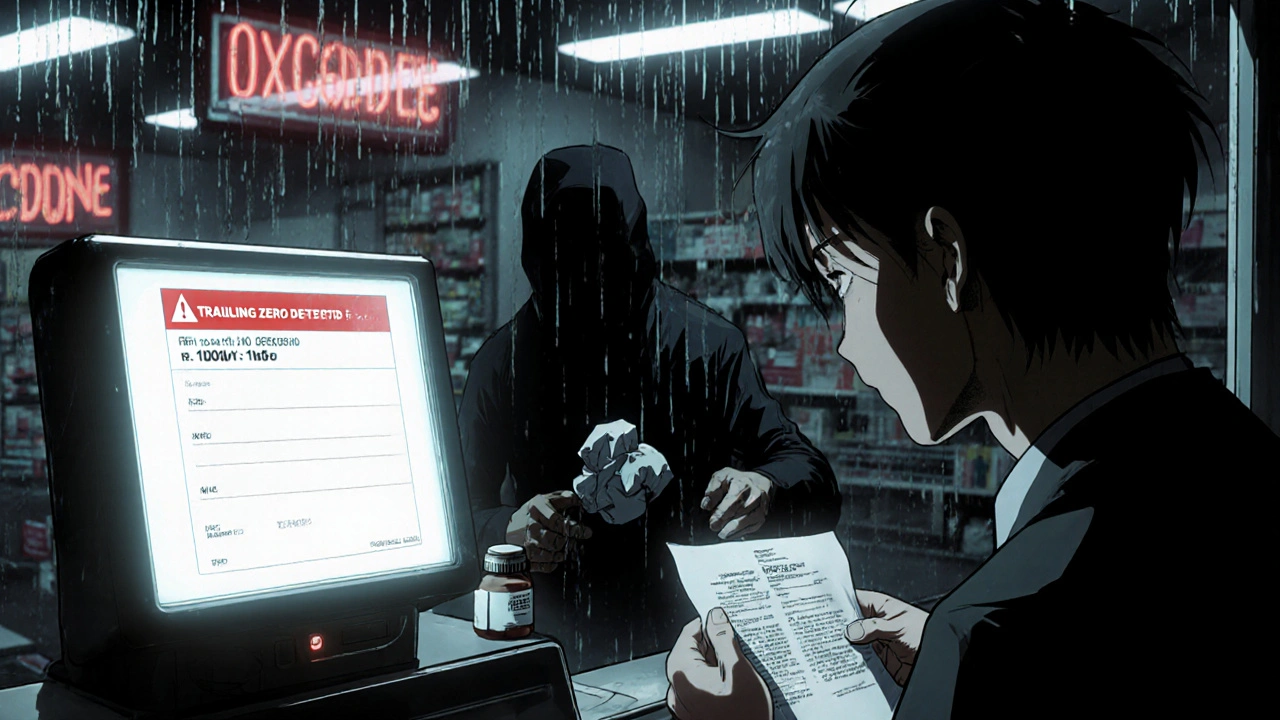Learn how to safely transfer prescriptions while maintaining label accuracy under 2025 DEA and FDA rules. Avoid deadly dosing errors with proper electronic transfers, labeling standards, and patient responsibilities.
Prescription Transfer: How to Move Your Medication to a New Pharmacy
When you switch pharmacies, a prescription transfer, the process of moving an active prescription from one pharmacy to another. Also known as medication transfer, it’s a simple way to keep taking your meds without needing a new doctor’s note. Most prescriptions can be moved—whether it’s for blood pressure, antidepressants, or daily vitamins—without any hassle. But if you’ve never done it before, it’s easy to get stuck waiting for calls, missing doses, or handing over your info to the wrong person.
A pharmacy transfer, the official term for moving a prescription between locations isn’t just about paperwork. It’s about continuity. Your new pharmacy needs to verify your prescription with your doctor’s office, check for drug interactions, and confirm your dosage history. That’s why some transfers take a day or two, especially if your medication is controlled or requires special handling. You can’t transfer a prescription that’s expired, already filled, or not eligible under your insurance. And some drugs—like certain pain meds or psychiatric drugs—have extra rules, depending on your state or country.
It’s not just the pharmacy that matters. Your prescription refills, the remaining doses authorized by your doctor are part of the equation. If you’ve got three refills left, those move with the prescription. If you’re out, you’ll need to contact your doctor. Don’t assume the new pharmacy will call for you—many won’t. Keep your doctor’s number handy. Also, make sure your insurance is active at the new location. A transfer can fail if your plan doesn’t cover the drug there, even if it worked at your old pharmacy.
There are smart ways to make this smoother. Call ahead. Have your old pharmacy’s name, address, phone number, and your prescription number ready. If you’re switching because of price, check if your new pharmacy offers generics or discount programs. Some even match prices. If you’re moving across state lines, ask about interstate transfer rules—some states limit how controlled substances can be moved. And never wait until your last pill is gone. Start the transfer at least 3–5 days before you run out.
What you’ll find below are real, practical guides from people who’ve been there. From how to handle a failed transfer, to why your insulin prescription got stuck, to what to say when the pharmacist says "we can’t process that." You’ll see how others avoided missed doses, saved money, and kept their meds flowing without drama. No fluff. Just what works.

